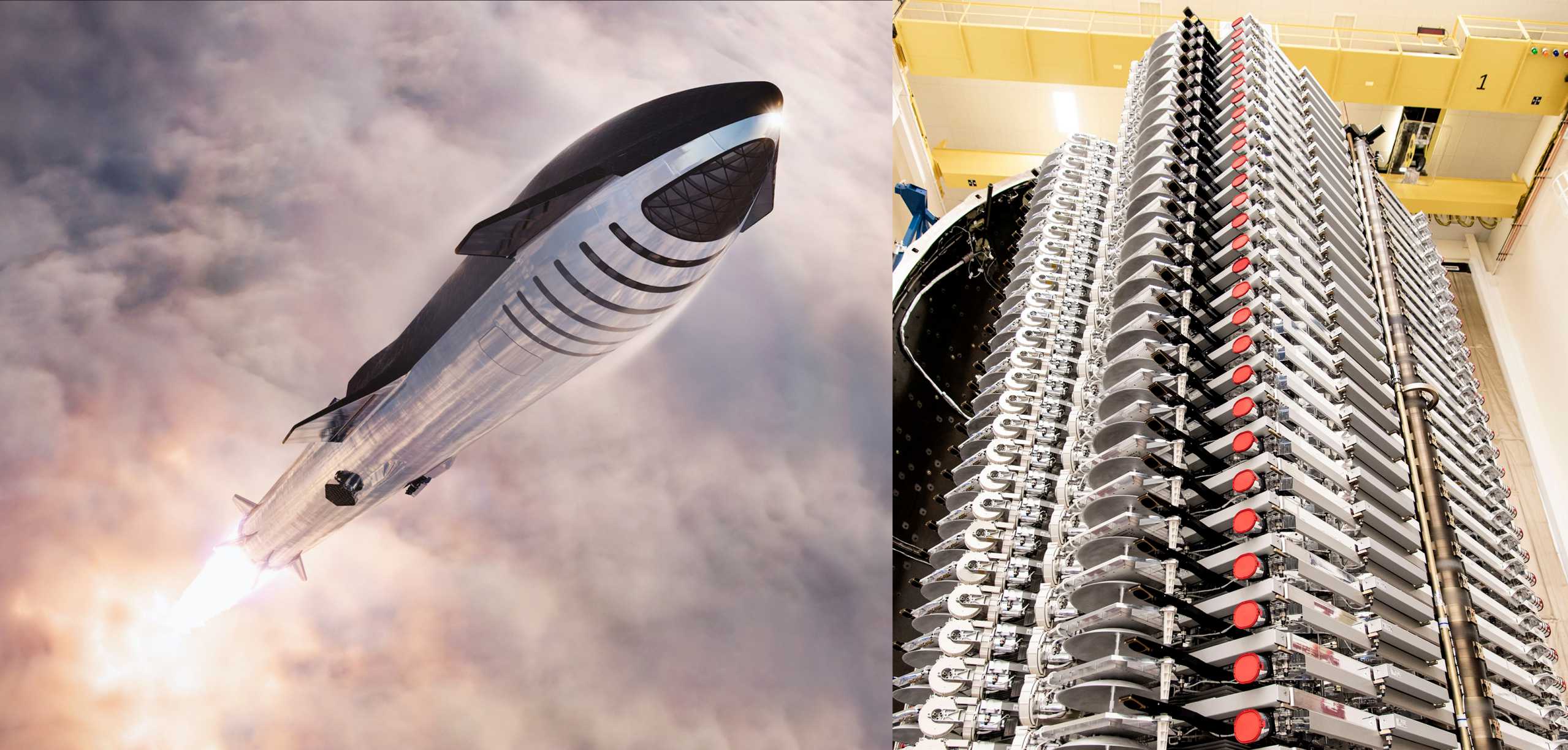

News
SpaceX raises more than half a billion dollars for Starship, Starlink programs
In the last three months, SpaceX has managed to raise more than half a billion dollars from private investors, money that will likely go directly into the company’s ambitious Starship and Starlink programs.
Despite a huge amount of public focus now placed on SpaceX’s successfully-realized human spaceflight ambitions, said by NASA to have been viewed live by no less than 10 million people around the world, the company is still committed to two extraordinarily ambitious development programs. Known as Starlink and Starship, both are integral to SpaceX’s founding goal of enabling the sustainable expansion of humanity into space.
Starship aims to be the world’s first fully-reusable orbital-class launch vehicle, nominally enabling SpaceX to place 150 metric tons (330,000 lb) in orbit with a single, low-cost launch. With orbital refueling from other Starship tankers, SpaceX could potentially send dozens of people to Mars at a cost that could put a ticket in reach of hundreds of millions of – if not more than a billion – people around the world. Starlink is no less ambitious and aims to blanket every inch of the Earth with high-quality, low-cost broadband internet via a fleet of more than 40,000 satellites. Both share three main similarities: they offer immense technical challenges, require extremely capital-intensive development programs, and may – if successful – enable the sustainable settlement of Mars.
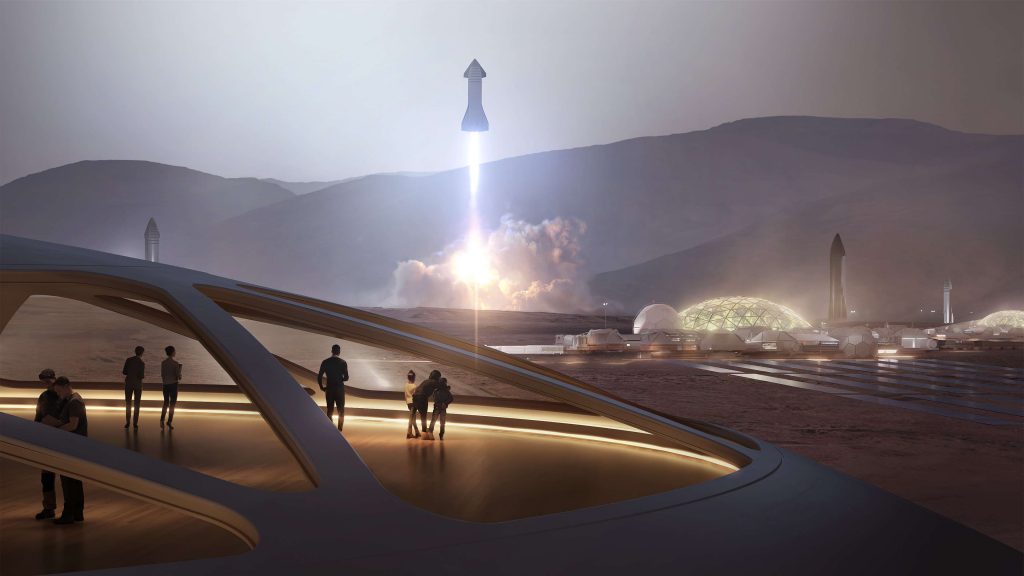
First reported by CNBC after SpaceX amended an SEC filing on May 26th, the news unsurprisingly fell through the cracks less than 24 hours before the company attempted its inaugural NASA astronaut launch. Initially said to have raised $567 million out of a target of $500 million, CNBC later revised their report on SpaceX’s latest round of funding, instead stating that the company had raised $346 million with a $349.9 million funding round.
As it turns out, the initial report was technically correct aside from its assertion that SpaceX was pursuing a $500M raise. Between two separate funding rounds seeking $250 million and $349.9 million, both opened on February 28th, 2020, SpaceX was able to raise $567 million of the $599.9 million it was hoping for from 27 investors. Based on SEC filings, SpaceX has now raised more than $1.6 billion since the start of 2019, nearly all of which has likely gone towards its expensive Starship and Starlink programs.
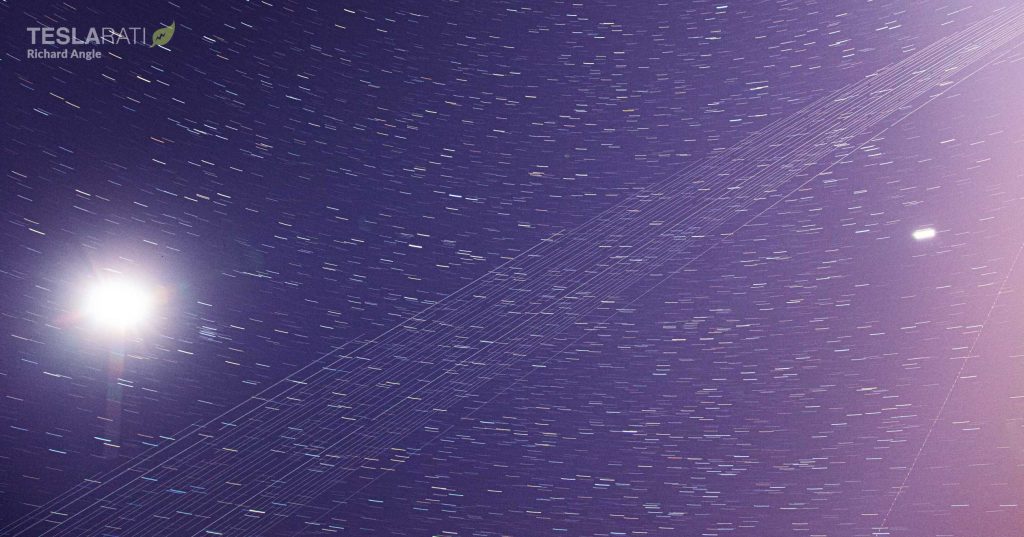
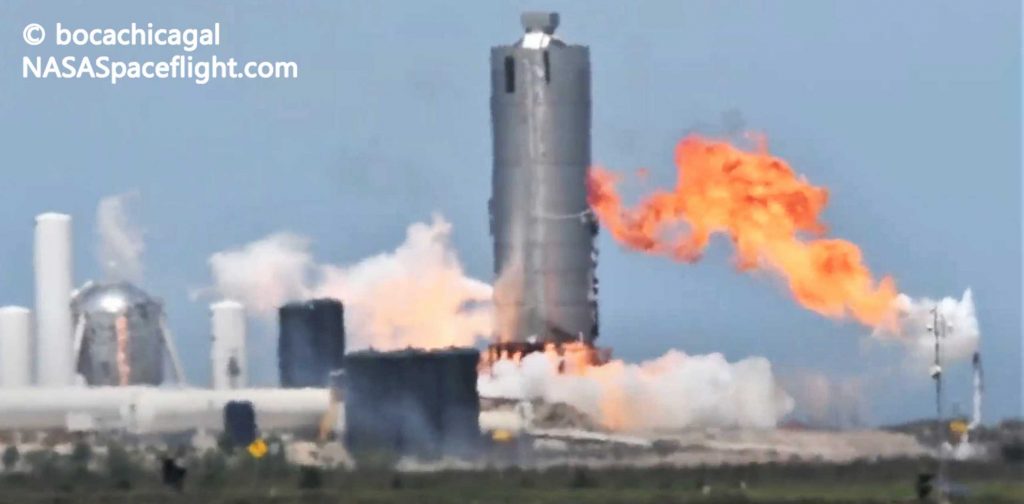
Incredibly, in just the last five months, SpaceX has managed to launch 360 Starlink satellites, while the next launch – scheduled no earlier than (NET) June 3rd – should give the company an orbital fleet around 475 satellites strong. Admittedly, 475 satellites represent barely more than 1% of the fleet SpaceX will need to realize its full Starlink ambitions, but it’s already the largest operational satellite constellation by more than a factor of two. By Starlink-14, potentially launching as early as August 2020, SpaceX can begin generating revenue by serving customers internet, revenue that – once profitable – could partially or fully fund Starship and Mars settlement development.
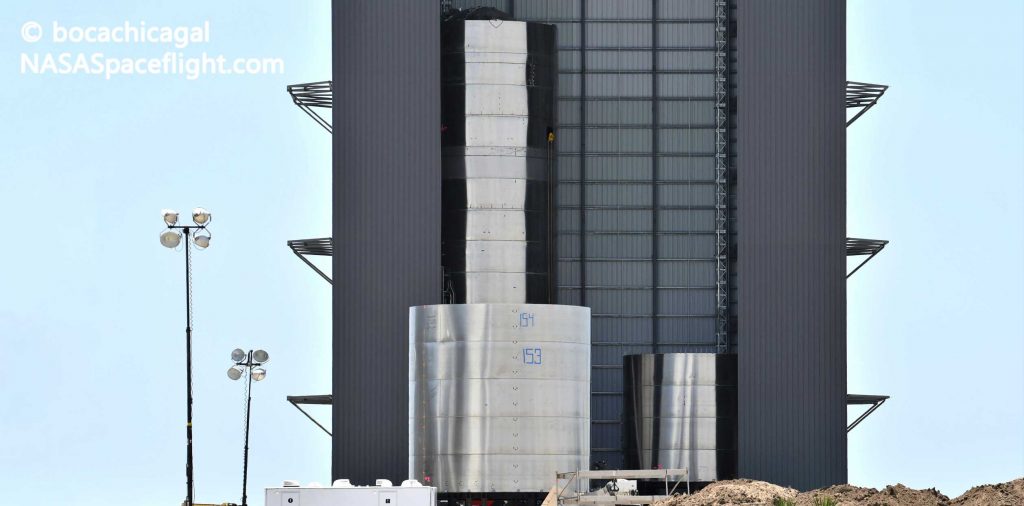
In the same period of time, SpaceX has dramatically expanded its South Texas Starship production facilities, built and tested several test tanks past the pressures needed for orbital flight, built and tested three full-scale Starship prototypes, and performed five successful Raptor engine static fires with one of those vehicles.
In short, the company has made extraordinary progress. Thanks to the unprecedented efficiency of Starship and Starlink production and the low cost and reusability of Falcon 9, SpaceX has also done so on a shoestring budget that would make its competitors and national space agencies recoil in disbelief. With another half a billion dollars in the bank and the continued support of Japanese billionaire Yusaku Maezawa, SpaceX has likely secured at least another 12-18 months of full-steam-ahead Starship and Starlink development.
Check out Teslarati’s Marketplace! We offer Tesla accessories, including for the Tesla Cybertruck and Tesla Model 3.

Elon Musk
Tesla’s Elon Musk: 10 billion miles needed for safe Unsupervised FSD
As per the CEO, roughly 10 billion miles of training data are required due to reality’s “super long tail of complexity.”

Tesla CEO Elon Musk has provided an updated estimate for the training data needed to achieve truly safe unsupervised Full Self-Driving (FSD).
As per the CEO, roughly 10 billion miles of training data are required due to reality’s “super long tail of complexity.”
10 billion miles of training data
Musk comment came as a reply to Apple and Rivian alum Paul Beisel, who posted an analysis on X about the gap between tech demonstrations and real-world products. In his post, Beisel highlighted Tesla’s data-driven lead in autonomy, and he also argued that it would not be easy for rivals to become a legitimate competitor to FSD quickly.
“The notion that someone can ‘catch up’ to this problem primarily through simulation and limited on-road exposure strikes me as deeply naive. This is not a demo problem. It is a scale, data, and iteration problem— and Tesla is already far, far down that road while others are just getting started,” Beisel wrote.
Musk responded to Beisel’s post, stating that “Roughly 10 billion miles of training data is needed to achieve safe unsupervised self-driving. Reality has a super long tail of complexity.” This is quite interesting considering that in his Master Plan Part Deux, Elon Musk estimated that worldwide regulatory approval for autonomous driving would require around 6 billion miles.
FSD’s total training miles
As 2025 came to a close, Tesla community members observed that FSD was already nearing 7 billion miles driven, with over 2.5 billion miles being from inner city roads. The 7-billion-mile mark was passed just a few days later. This suggests that Tesla is likely the company today with the most training data for its autonomous driving program.
The difficulties of achieving autonomy were referenced by Elon Musk recently, when he commented on Nvidia’s Alpamayo program. As per Musk, “they will find that it’s easy to get to 99% and then super hard to solve the long tail of the distribution.” These sentiments were echoed by Tesla VP for AI software Ashok Elluswamy, who also noted on X that “the long tail is sooo long, that most people can’t grasp it.”
News
Tesla earns top honors at MotorTrend’s SDV Innovator Awards
MotorTrend’s SDV Awards were presented during CES 2026 in Las Vegas.

Tesla emerged as one of the most recognized automakers at MotorTrend’s 2026 Software-Defined Vehicle (SDV) Innovator Awards.
As could be seen in a press release from the publication, two key Tesla employees were honored for their work on AI, autonomy, and vehicle software. MotorTrend’s SDV Awards were presented during CES 2026 in Las Vegas.
Tesla leaders and engineers recognized
The fourth annual SDV Innovator Awards celebrate pioneers and experts who are pushing the automotive industry deeper into software-driven development. Among the most notable honorees for this year was Ashok Elluswamy, Tesla’s Vice President of AI Software, who received a Pioneer Award for his role in advancing artificial intelligence and autonomy across the company’s vehicle lineup.
Tesla also secured recognition in the Expert category, with Lawson Fulton, a staff Autopilot machine learning engineer, honored for his contributions to Tesla’s driver-assistance and autonomous systems.
Tesla’s software-first strategy
While automakers like General Motors, Ford, and Rivian also received recognition, Tesla’s multiple awards stood out given the company’s outsized role in popularizing software-defined vehicles over the past decade. From frequent OTA updates to its data-driven approach to autonomy, Tesla has consistently treated vehicles as evolving software platforms rather than static products.
This has made Tesla’s vehicles very unique in their respective sectors, as they are arguably the only cars that objectively get better over time. This is especially true for vehicles that are loaded with the company’s Full Self-Driving system, which are getting progressively more intelligent and autonomous over time. The majority of Tesla’s updates to its vehicles are free as well, which is very much appreciated by customers worldwide.
Elon Musk
Judge clears path for Elon Musk’s OpenAI lawsuit to go before a jury
The decision maintains Musk’s claims that OpenAI’s shift toward a for-profit structure violated early assurances made to him as a co-founder.

A U.S. judge has ruled that Elon Musk’s lawsuit accusing OpenAI of abandoning its founding nonprofit mission can proceed to a jury trial.
The decision maintains Musk’s claims that OpenAI’s shift toward a for-profit structure violated early assurances made to him as a co-founder. These claims are directly opposed by OpenAI.
Judge says disputed facts warrant a trial
At a hearing in Oakland, U.S. District Judge Yvonne Gonzalez Rogers stated that there was “plenty of evidence” suggesting that OpenAI leaders had promised that the organization’s original nonprofit structure would be maintained. She ruled that those disputed facts should be evaluated by a jury at a trial in March rather than decided by the court at this stage, as noted in a Reuters report.
Musk helped co-found OpenAI in 2015 but left the organization in 2018. In his lawsuit, he argued that he contributed roughly $38 million, or about 60% of OpenAI’s early funding, based on assurances that the company would remain a nonprofit dedicated to the public benefit. He is seeking unspecified monetary damages tied to what he describes as “ill-gotten gains.”
OpenAI, however, has repeatedly rejected Musk’s allegations. The company has stated that Musk’s claims were baseless and part of a pattern of harassment.
Rivalries and Microsoft ties
The case unfolds against the backdrop of intensifying competition in generative artificial intelligence. Musk now runs xAI, whose Grok chatbot competes directly with OpenAI’s flagship ChatGPT. OpenAI has argued that Musk is a frustrated commercial rival who is simply attempting to slow down a market leader.
The lawsuit also names Microsoft as a defendant, citing its multibillion-dollar partnerships with OpenAI. Microsoft has urged the court to dismiss the claims against it, arguing there is no evidence it aided or abetted any alleged misconduct. Lawyers for OpenAI have also pushed for the case to be thrown out, claiming that Musk failed to show sufficient factual basis for claims such as fraud and breach of contract.
Judge Gonzalez Rogers, however, declined to end the case at this stage, noting that a jury would also need to consider whether Musk filed the lawsuit within the applicable statute of limitations. Still, the dispute between Elon Musk and OpenAI is now headed for a high-profile jury trial in the coming months.








